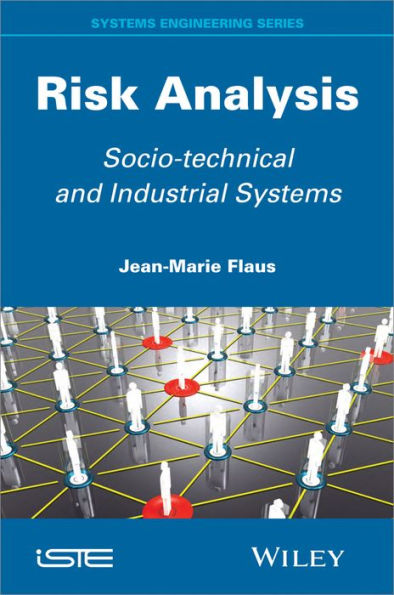Contents
Part 1. General Concepts and Principles1. Introduction.2. Basic Notions.3. Principles of Risk Analysis Methods.4. The Risk Management Process (ISO31000).Part 2. Knowledge Representation5. Modeling Risk.6. Measuring the Importance of a Risk.7. Modeling of Systems for Risk Analysis.Part 3. Risk Analysis Method8. Preliminary Hazard Analysis.9. Failure Mode and Effects Analysis.10. Deviation Analysis Using the HAZOP Method.11. The Systemic and Organized Risk Analysis Method.12. Fault Tree Analysis.13. Event Tree and Bow-Tie Diagram Analysis.14. Human Reliability Analysis.15. Barrier Analysis and Layer of Protection Analysis.Part 4. AppendicesAppendix 1. Occupational Hazard Checklists.Appendix 2. Causal Tree Analysis.Appendix 3. A Few Reminders on the Theory of Probability.Appendix 4. Useful Notions in Reliability Theory.Appendix 5. Data Sources for Reliability.Appendix 6. A Few Approaches for System Modelling.Appendix 7. CaseStudy: Chemical Process.Appendix 8. XRisk Software.
About the Authors
Jean-Marie Flaus is Professor at Joseph Fourier University in Grenoble, France.
Contents
Part 1. General Concepts and Principles1. Introduction.2. Basic Notions.3. Principles of Risk Analysis Methods.4. The Risk Management Process (ISO31000).Part 2. Knowledge Representation5. Modeling Risk.6. Measuring the Importance of a Risk.7. Modeling of Systems for Risk Analysis.Part 3. Risk Analysis Method8. Preliminary Hazard Analysis.9. Failure Mode and Effects Analysis.10. Deviation Analysis Using the HAZOP Method.11. The Systemic and Organized Risk Analysis Method.12. Fault Tree Analysis.13. Event Tree and Bow-Tie Diagram Analysis.14. Human Reliability Analysis.15. Barrier Analysis and Layer of Protection Analysis.Part 4. AppendicesAppendix 1. Occupational Hazard Checklists.Appendix 2. Causal Tree Analysis.Appendix 3. A Few Reminders on the Theory of Probability.Appendix 4. Useful Notions in Reliability Theory.Appendix 5. Data Sources for Reliability.Appendix 6. A Few Approaches for System Modelling.Appendix 7. CaseStudy: Chemical Process.Appendix 8. XRisk Software.
About the Authors
Jean-Marie Flaus is Professor at Joseph Fourier University in Grenoble, France.

Risk Analysis: Socio-technical and Industrial Systems
400
Risk Analysis: Socio-technical and Industrial Systems
400Related collections and offers

